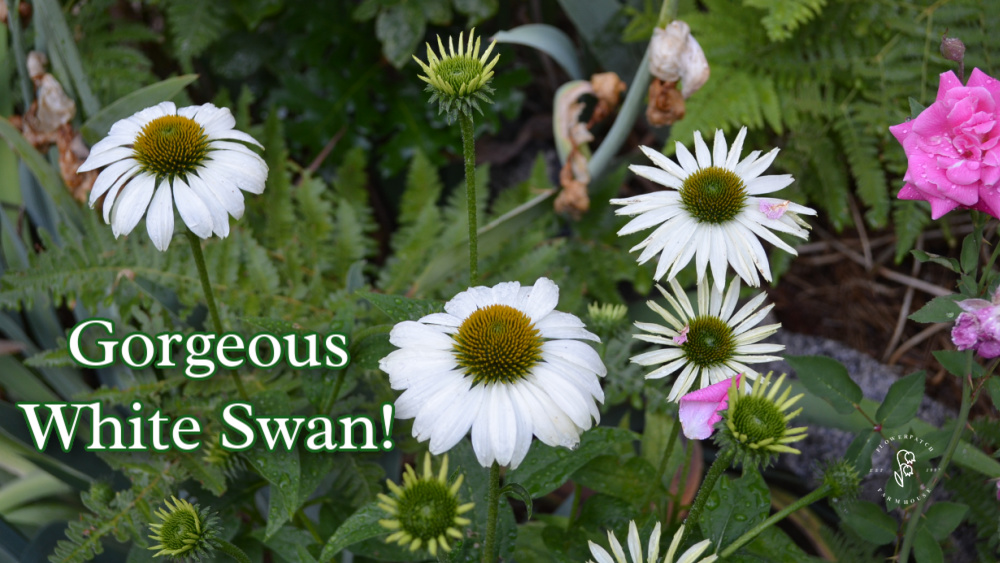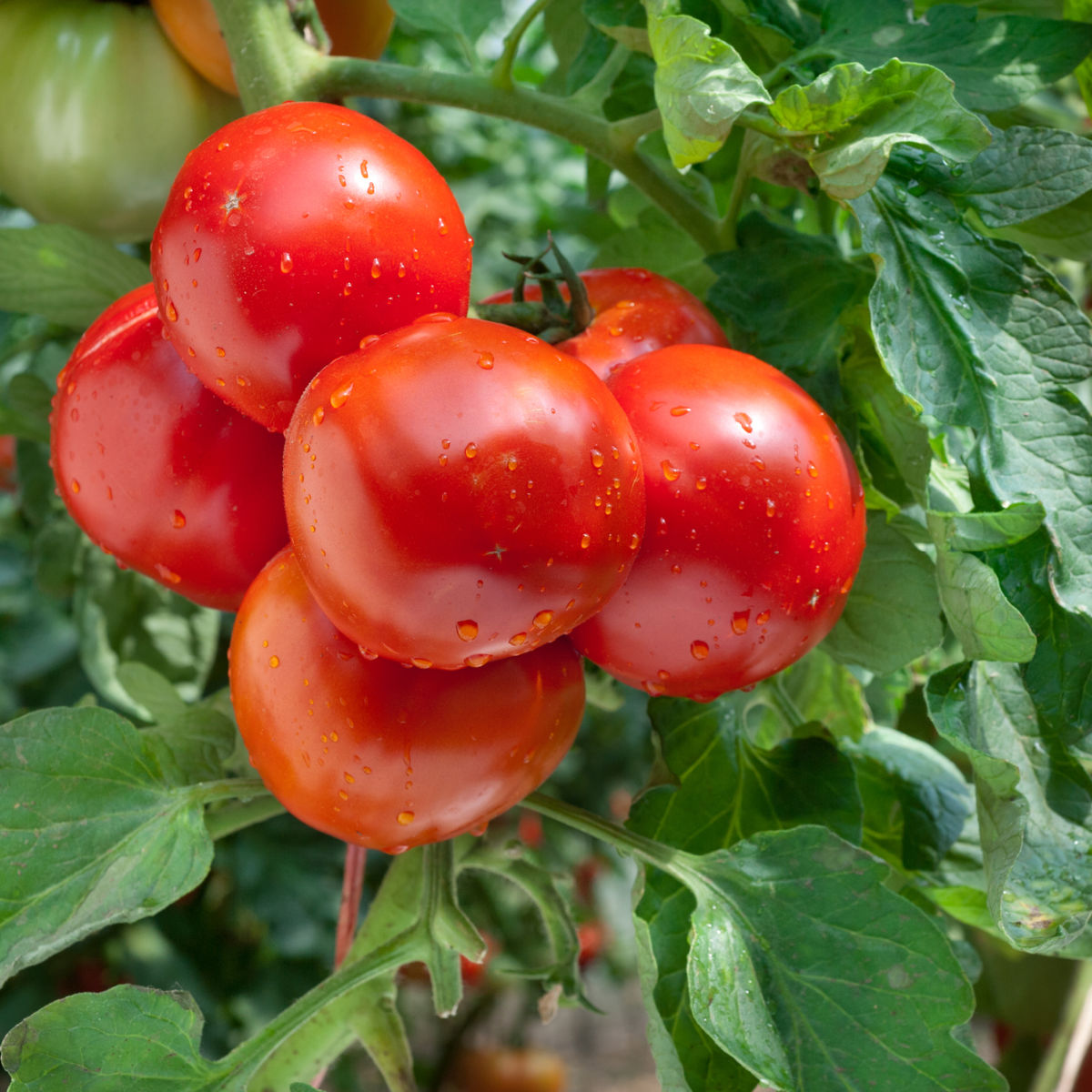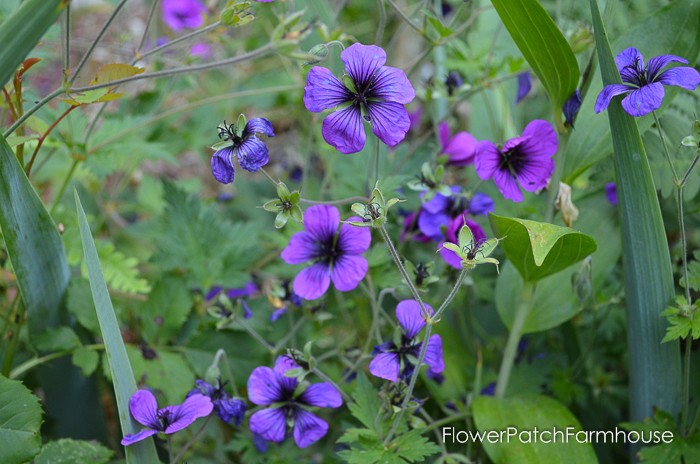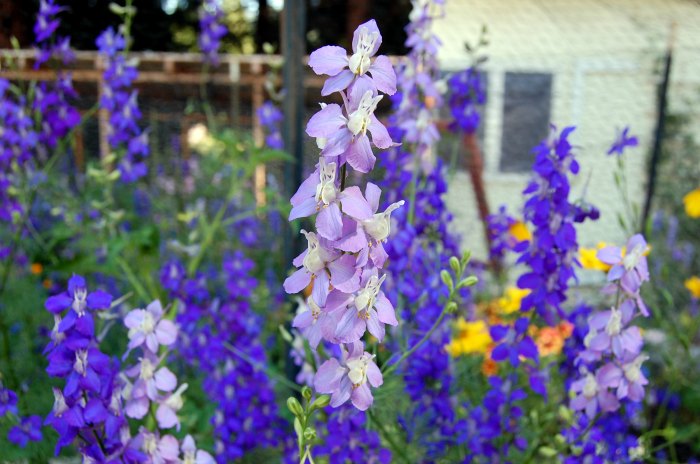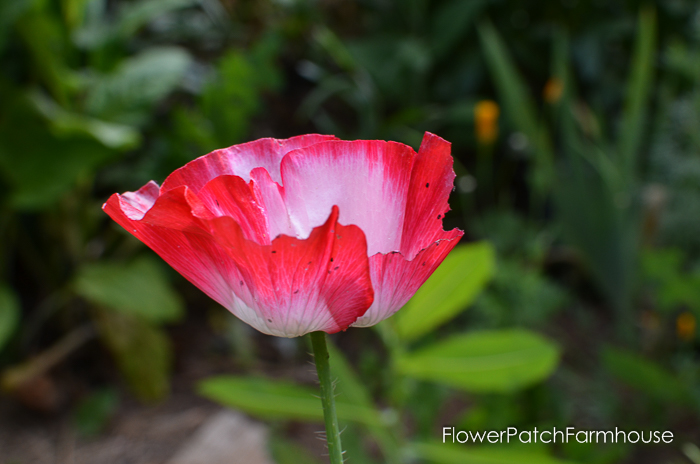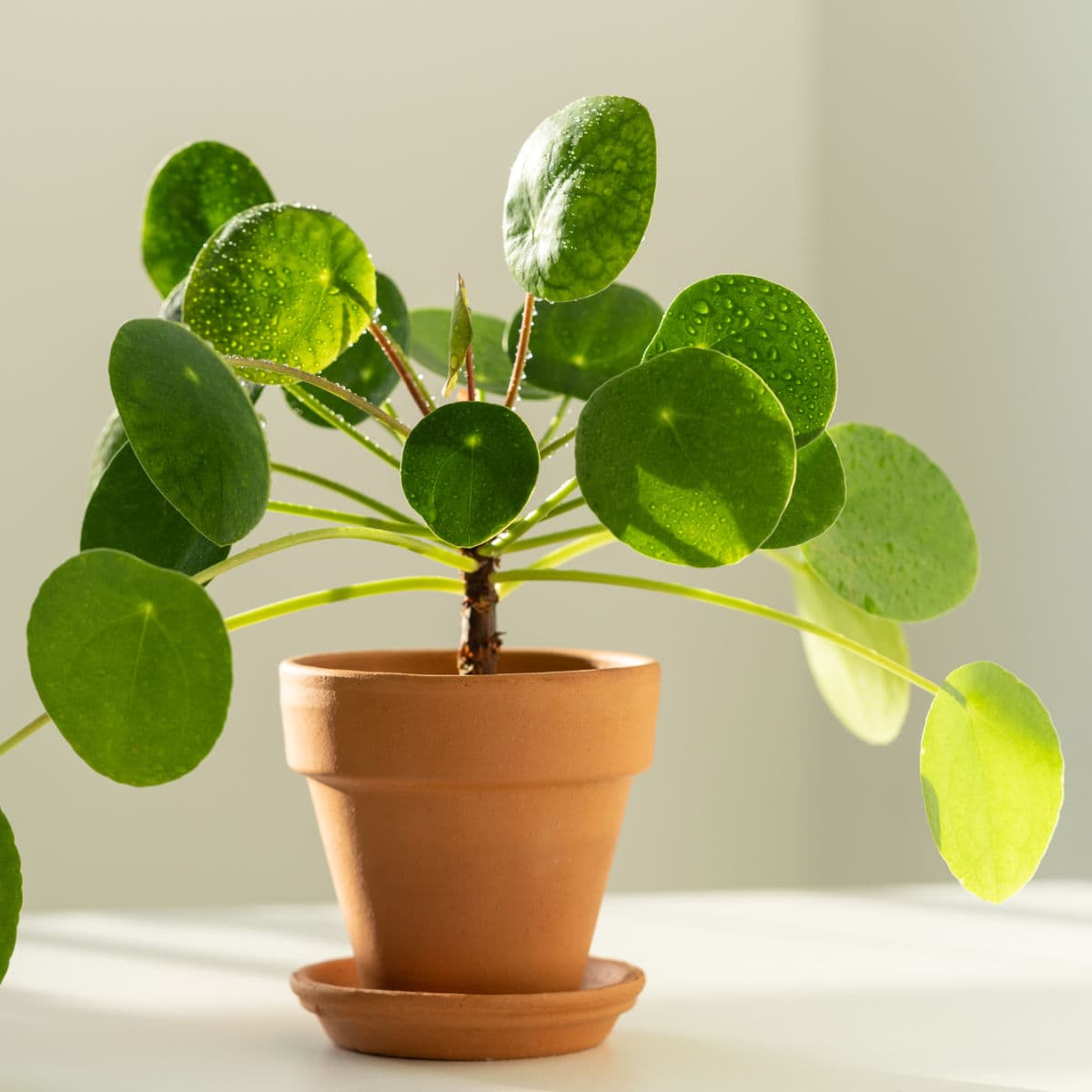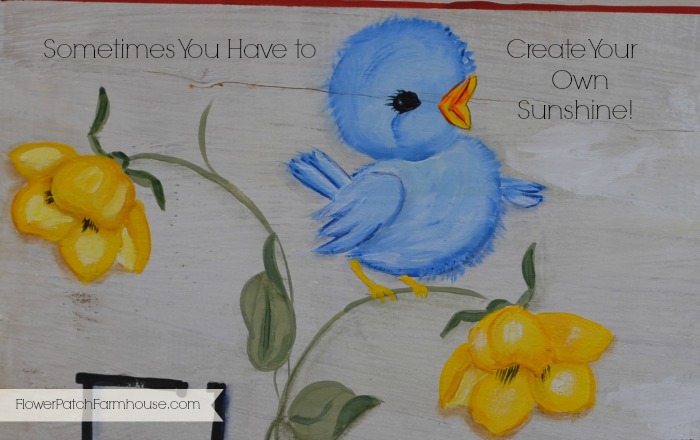Winter Sowing Echinacea – Unbelievable Results!
Unbelievable Results with Winter Sowing Echinacea – Transform Your Garden with This Simple Trick!
Hey garden friends, today we are going to winter sow echinacea seeds. My echinaceas were eaten by gophers last year so it is time to sow many more to enjoy in this coming summer!
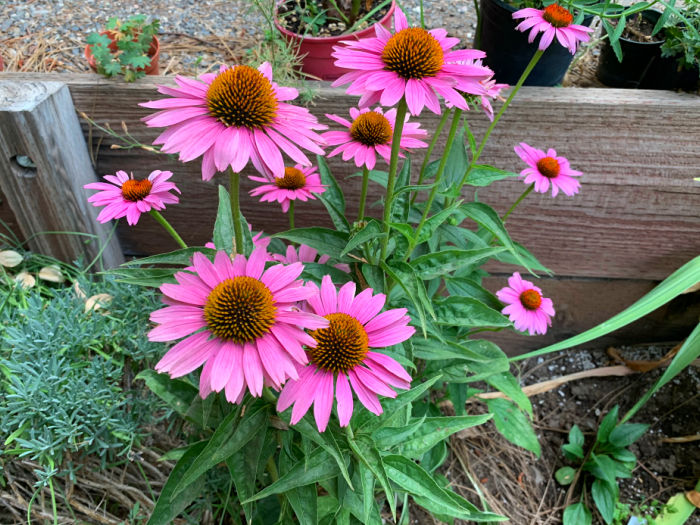
If you are not familiar with winter sowing then please do hop on over to my post and video all about it, you will love how easy it is!
best garden tips and tricks!
Learn Easy Winter Sowing Techniques
This post contains affiliate links. If you make a purchase after clicking a link I may make a small commission at no cost to you.
Winter Sowing Echinacea Seeds
Echinaceas are a perfect candidate for winter sowing. They are hardy perennials that love the winter’s cold temps to stratify and they germinate with warmer temps and if you get hit with a cold wave (as our Springs can be like) they will hunker down and ride it out.
They jump back into growing when things warm again.
Zinnias or Cosmos would wither and die on you, that is why they are not great candidates for winter sowing. You need to wait until the weather stabilizes to sow them.
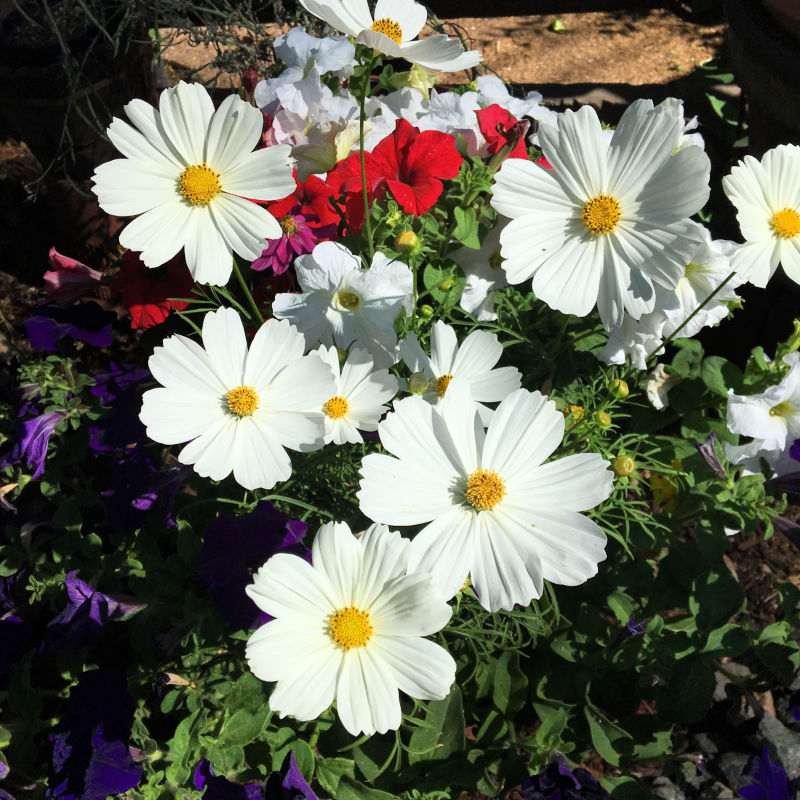
Though you can sow them using the winter sowing method which is in the milk jugs or other plastic containers, you should wait until the nighttime temps are above 60 degrees F for best success.
Echinacea Winter Sowing Containers
Winter sowing containers can vary and I have an entire post dedicated to just that. You can find that HERE!
Best Winter Sowing Containers and Why!
Preparing the Containers:
- Make sure to sanitize all containers with a bleach solution to eliminate any potential contaminants.
- Poking holes in the jugs for drainage and cutting slits for easy opening.
- For labeling, I use a durable paint pen or Sharpie, ensuring the label is visible and legible.
Sowing Echinacea Seeds:
- Fill the jugs with about 3 to 4 inches of potting soil or seed starting mix. I typically use potting soil and I tell you why in this POST.
- If needed, moisten the potting soil by placing the jug or winter sowing container into a tub or tray of water to absorb for half an hour. This is typically enough time for it to thoroughly moisten potting soil but dry seed starting mix may take longer. Use lukewarm water for faster absorption.
- Space the seeds about an inch apart in each jug, ensuring they have enough room to grow. This is especially helpful if you don’t plan on potting the seedlings up into individual pots but intend to leave them in the winter sowing containers until time to plant in the garden.
- Cover the seeds with a quarter-inch layer of soil. Firm in place by pressing down with your hand or sometimes I use a handle of a tool. Don’t press too hard, just firm them in gently.
- Tape the container closed. Duct tape has proven to be the most durable for me. The video at the end I show just how I do it.
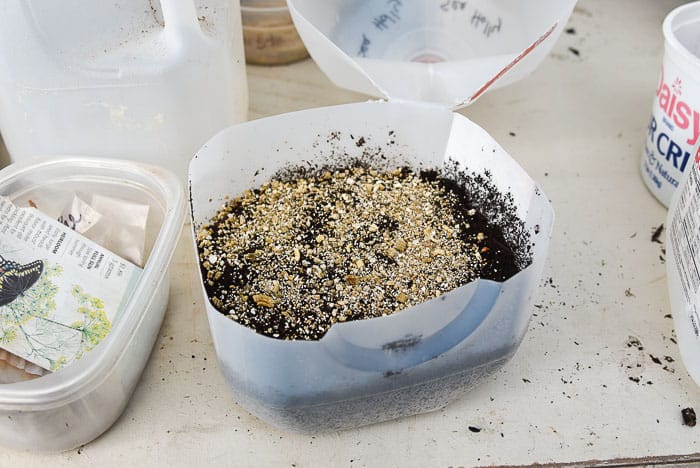
Caring for the Containers:
- Place the jugs in a spot where they won’t be blown over by strong winds but can still capture rain. Some put them into crates and I sometimes put them within a raised bed to corral them.
- Once the temperatures warm up towards spring, (above 65°F), move them to a spot with afternoon shade to prevent the seedlings from cooking. Some folks will open the containers during the day and then close them again at night but that is too much work for me. I like easy!
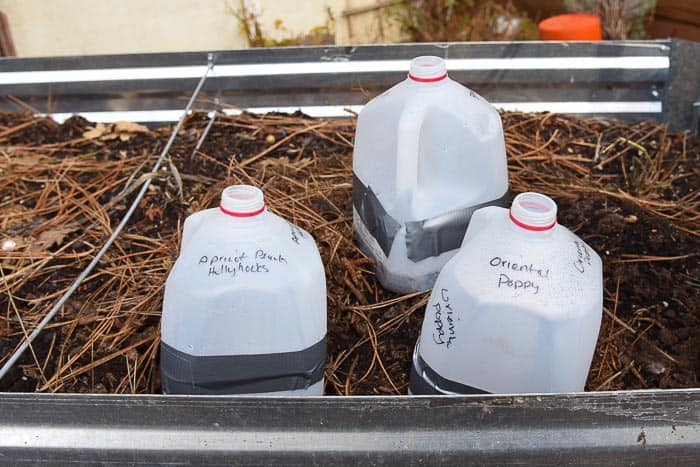
Watering
When needed, some will water by spraying down through the top of the container but there are so many negatives about that approach. Like dislodging the seedlings or disturbing the roots. To safely water…
- Fill a tray or tub with water and set the jug or container into it for 30 minutes, it will absorb more than enough to keep the soil moist.
- Let drain and replace where you had it growing. I take the tray or tub of water to the containers out in the garden and do it there rather than taking each container to the tub of water.
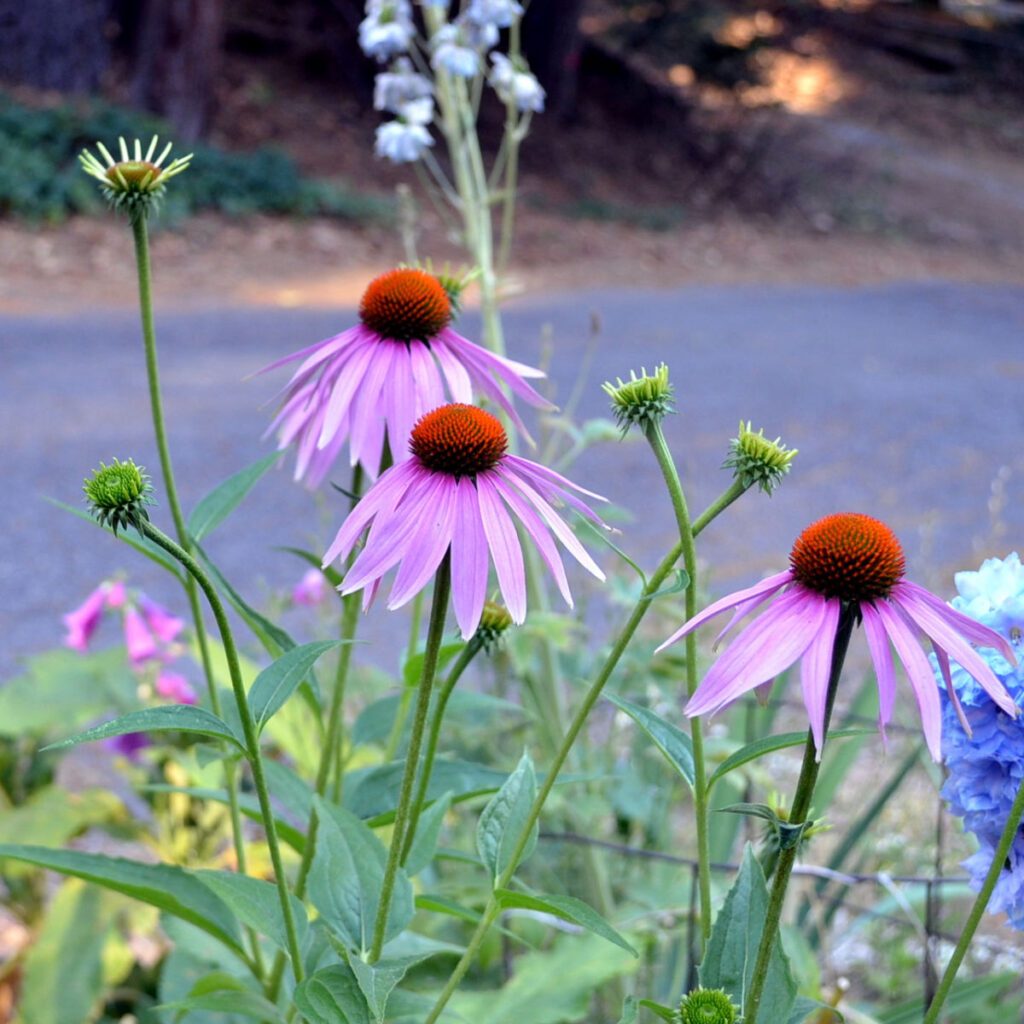
Additional Tips:
- If you’re using clear jugs instead of translucent, keep a closer eye on them as the weather becomes sunnier. They are more vulnerable to sunburn.
- Another great way to get a head start on growing echinacea is to direct Sow Them in Fall!
So what did we learn today?
Winter sowing is a fantastic method to start your echinacea plants early, especially if you are short on seed starting space indoors. It’s cost-effective, eco-friendly, and a great way to get a head start on the growing season.
Remember to monitor the weather and adjust the placement of your jugs accordingly. Happy gardening, and here’s to a bountiful season ahead!
Note to Readers: While not required, Coneflower seeds can benefit from a special 8 to 12-week treatment called cold moist stratification prior to planting them. That is why winter sowing or direct sowing them in Fall is such a great way to grow Echinacea from seed!
Happy Winter Sowing Friends!
